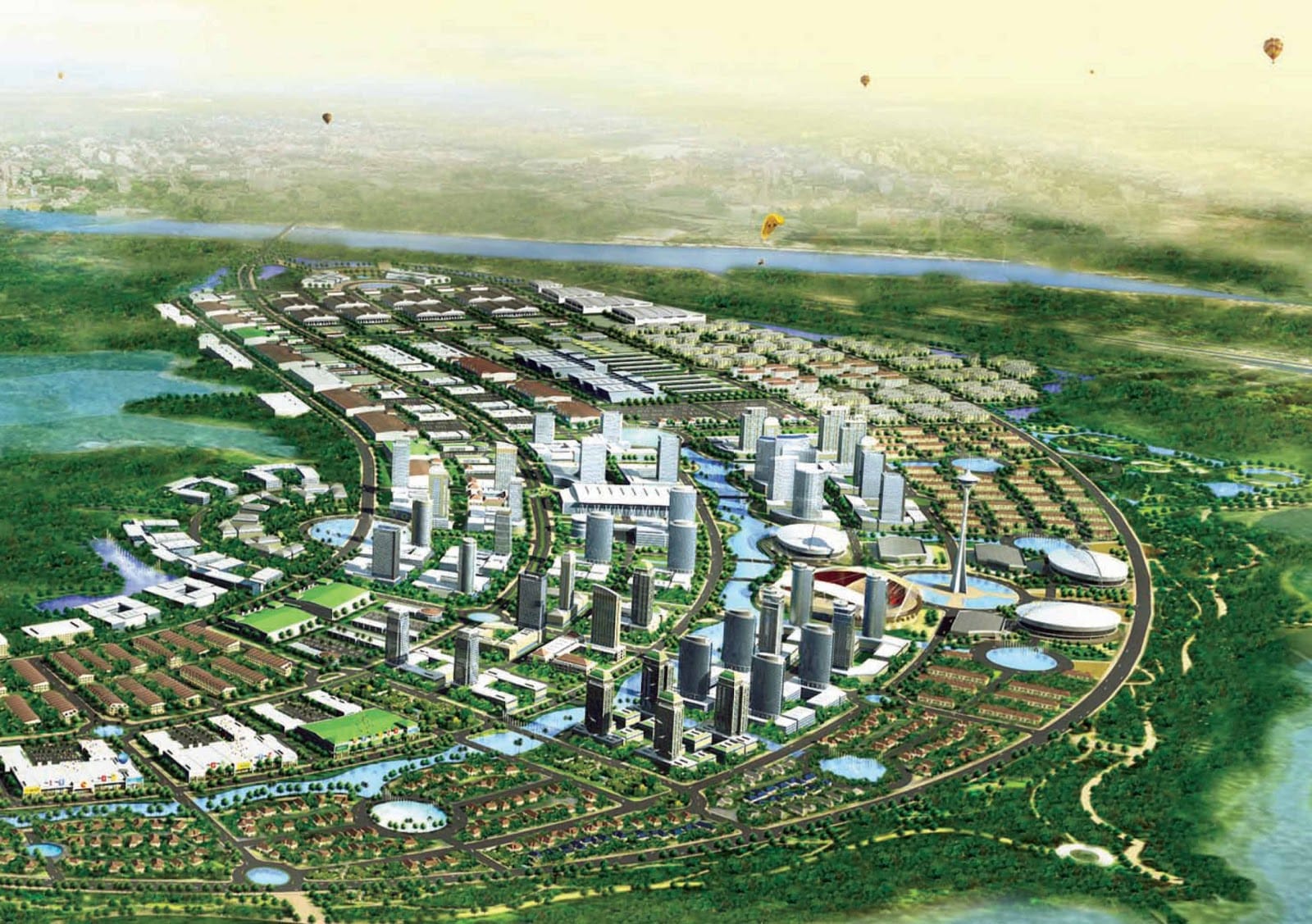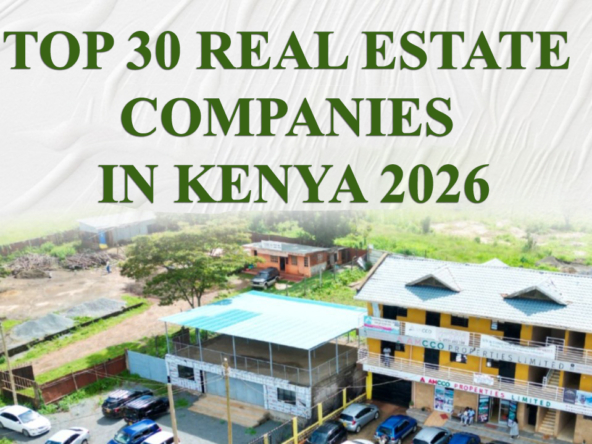The districts of Wakiso Mukono real estate, strategically positioned as the vibrant satellite districts flanking Uganda’s capital, Kampala, have rapidly transformed into epicenters of dynamic real estate growth. This explosive expansion is no accident; it’s a direct consequence of compelling factors including significant urban spillover from an increasingly congested Kampala, substantial infrastructure improvements, and comparatively attractive affordability. Data from the Uganda Bureau of Statistics (UBOS) underscores this surging demand, estimating annual population growth rates exceeding 7% in these areas. This relentless demographic pressure creates a massive need for diverse property types, from essential housing and commercial spaces to vital community services, positioning Wakiso Mukono real estate as a prime focus for investors and developers alike.
Unlocking Growth: Infrastructure & Unmatched Accessibility
The fundamental catalyst driving the boom in Wakiso Mukono real estate is the substantial investment in critical infrastructure, drastically enhancing accessibility and connectivity to the capital and beyond. These improvements have not only facilitated easier movement of people and goods but have also unlocked the economic potential of formerly peripheral areas.
Road Upgrades: Bridging the Commute Gap
Major road projects have dramatically reshaped the transport landscape, making areas within Wakiso and Mukono far more attractive for both residential and commercial development. The completion of Phase I of the Kampala–Jinja Expressway in 2022 and the Northern Bypass Connector in 2023 have been game-changers. These arterial roads have significantly cut commute times from key areas in both districts to Kampala, in some cases by as much as 40%. This drastic reduction in travel time has made previously distant locales like Kira, Namanve, and Bweyogerere feel much closer and more integrated into the broader Kampala metropolitan area. For residents, it means less time in traffic and more quality time at home. For businesses, it means improved logistics and easier access to a wider consumer base. This enhanced accessibility directly fuels the demand for Wakiso Mukono real estate, as more people and businesses seek to leverage the convenience without bearing the high costs of central Kampala.
Utilities Expansion: Powering Progress
Beyond roads, the expansion of essential utilities has been pivotal. The National Water and Sewerage Corporation (NWSC) has significantly extended its network, now covering an impressive 95% of urban areas in both Wakiso and Mukono. This widespread access to clean, reliable water is a basic yet crucial amenity for any modern development. Concurrently, Access Uganda’s power grid enhancements have supported the availability of 24/7 electricity for new residential estates and commercial zones. Consistent power supply is a non-negotiable for businesses and a major draw for homeowners. The reliable provision of water and electricity fundamentally improves the quality of life and operating environment, attracting both residents and commercial enterprises, thereby solidifying the investment appeal of Wakiso Mukono real estate.
Diving Deep: Market Segments & Smart Pricing
The Wakiso Mukono real estate market presents a diverse array of opportunities across various segments, characterized by competitive pricing that attracts a broad spectrum of buyers and renters.
Land Parcels: The Foundation of Growth
For investors looking to capitalize on appreciating assets, land parcels remain a cornerstone of the Wakiso Mukono real estate market. Entry-level 10-decimal (approximately 1/4 acre) plots in Wakiso typically start at around UGX 50 million (USD 13,500), while similar plots in Mukono can be found from UGX 45 million. These prices offer a significant value proposition compared to land within Kampala city limits. As development progresses and demand intensifies, prices in premium zones within these districts can rise significantly, reaching UGX 120 million or more. This dynamic pricing structure allows for both accessible entry points for smaller investors and substantial returns for those who identify prime locations and hold assets. The relatively lower initial investment in land in these satellite areas, coupled with high appreciation potential, makes them incredibly attractive.
Booming Rental Market: High Occupancy, Steady Income
The rapid population influx into Wakiso and Mukono has also created a robust and highly lucrative rental market. Two-bedroom apartments, a popular choice for young professionals and families, in established urban centers like Kira Town (Wakiso) and Mukono Town, command rents ranging from UGX 700,000 to UGX 1.2 million per month. Critically, these areas boast occupancy rates consistently above 80%, indicating strong, sustained demand from tenants. This high occupancy, combined with competitive rental yields, offers appealing prospects for real estate investors seeking steady income streams. The burgeoning workforce and increasing number of residents in these districts ensure a continuous demand for quality rental housing, making investments in multi-family units or rental properties a wise move within the Wakiso Mukono real estate landscape.
Navigating the Hurdles: Key Challenges & Smart Solutions
While the growth in Wakiso Mukono real estate is undeniable, potential investors and developers must be aware of existing challenges to ensure successful and sustainable projects.
Environmental Compliance: Protecting Precious Wetlands
One of the significant challenges lies in environmental compliance, particularly concerning wetland protection. The National Environment Management Authority (NEMA) reported over 15 wetland encroachment violations in 2024 alone within these districts, leading to substantial fines and, in some cases, project halts. Wetlands are crucial for ecological balance and flood control, and unregulated development poses severe environmental risks. Developers in Wakiso Mukono real estate must prioritize rigorous environmental impact assessments and ensure strict adherence to NEMA guidelines to avoid costly penalties and reputational damage. Sustainable development practices that respect ecological boundaries are not just regulatory requirements but also foster long-term project viability and community acceptance.
Zoning Inconsistencies: Clarifying the Regulatory Maze
Another hurdle is the presence of divergent district by-laws and zoning inconsistencies between Wakiso and Mukono, and sometimes even within sub-counties of the same district. These inconsistencies can create legal ambiguities, significantly delaying development approvals and heightening the risk of disputes. Navigating this regulatory maze requires meticulous due diligence and often necessitates engaging local legal experts who are intimately familiar with the specific planning frameworks of each area. Proactive engagement with local authorities early in the project lifecycle can help clarify these ambiguities and expedite the approval process, minimizing potential setbacks for Wakiso Mukono real estate ventures.
Service Infrastructure: The Last Mile Problem
While main arterial roads have seen significant upgrades, the state of internal roads and drainage systems in many developing areas within Wakiso and Mukono still lags. This “last mile problem” often imposes additional development costs on investors, who may need to fund the construction or upgrade of access roads, culverts, and proper drainage within their estates. While these costs can initially impact project budgets, investing in robust internal infrastructure not only enhances the quality and appeal of the development but also mitigates long-term issues like flooding and accessibility challenges, ultimately adding significant value to Wakiso Mukono real estate assets.
Innovation & Collaboration: Driving Future Success
The private sector is actively responding to market demands and challenges in Wakiso Mukono real estate with innovative solutions and collaborative approaches, setting new standards for sustainable development.
Sustainable Estates: Building for the Future
Forward-thinking developers, exemplified by projects like Twin City and UG-Home Builders, are integrating sustainable practices into their estate designs. This includes implementing advanced stormwater management systems to address drainage issues, incorporating expansive green spaces to enhance livability and environmental health, and deploying solar street lighting for energy efficiency and security. These sustainable features not only enhance the resilience of the developments against environmental challenges but also appeal to a growing segment of environmentally conscious buyers, adding a premium value to Wakiso Mukono real estate projects.
Community Levies: Shared Prosperity
Innovative revenue-sharing models, such as community levies, are being adopted to foster stronger community relations and secure a “social license to operate.” These levies, often a small percentage of sales or profits, fund local amenities like schools, clinics, and internal road maintenance. By directly contributing to local development, real estate projects become integral parts of the community, mitigating potential resistance and expediting approvals. This collaborative approach ensures that the benefits of Wakiso Mukono real estate development are shared, creating a win-win scenario for both developers and residents.
Digital Sales Channels: Reaching Global Investors
The adoption of digital sales channels has revolutionized how Wakiso Mukono real estate reaches investors. Real estate firms are now widely deploying virtual tours, high-quality drone footage, and even facilitating property bookings via mobile money platforms like MTN MoMo. These digital tools significantly expand the reach to remote and international investors, allowing them to explore and commit to properties without needing a physical presence. This technological leap enhances market transparency, streamlines the purchasing process, and brings a global audience to the doorstep of Uganda’s booming satellite districts.
Strategic Investor Implications & Maximizing Returns
For investors targeting Wakiso Mukono real estate, a strategic approach that blends financial analysis with an understanding of local dynamics is crucial for maximizing returns and mitigating risks.
Yield & Appreciation: Unpacking the Numbers
The attractive fundamentals of Wakiso Mukono real estate are evident in its investment metrics. Land values in these districts are appreciating at an impressive rate of 15–20% year-on-year, driven by sustained demand and limited supply. Rental yields for developed properties range from 8–10%, offering compelling returns compared to many other asset classes. However, it’s critical to factor in compliance costs and allocate a specific budget—typically 10–15% of the total project cost—for stakeholder engagement and navigating regulatory processes. This upfront allocation ensures smoother project execution and helps avoid unexpected delays or penalties, securing the projected yields.
Partnership Models: De-risking Development
Engaging in strategic partnership models can significantly de-risk development projects in Wakiso Mukono real estate. Joint ventures with district authorities can streamline the approval process, leverage local knowledge, and ensure alignment with regional development plans. Similarly, partnering with community trust funds can build goodwill, mitigate potential disputes, and expedite land acquisition or development permissions by ensuring community benefits. These collaborative approaches transform potential adversaries into allies, creating a more conducive environment for large-scale real estate projects.
Conclusion: The Bright Future of Wakiso & Mukono
Wakiso and Mukono truly represent high-growth avenues for developers and investors in Uganda’s dynamic real estate sector. Characterized by a potent combination of affordability, enhanced connectivity, and a rapidly expanding population base, these districts are poised for continued prosperity. To truly unlock their full potential and ensure long-term success, focusing on sustainable development practices, proactively ensuring environmental compliance, and engaging in robust community engagement will be paramount. Projects that prioritize these aspects will not only thrive but also set the standard for responsible and profitable real estate development in Uganda through 2025 and beyond.




